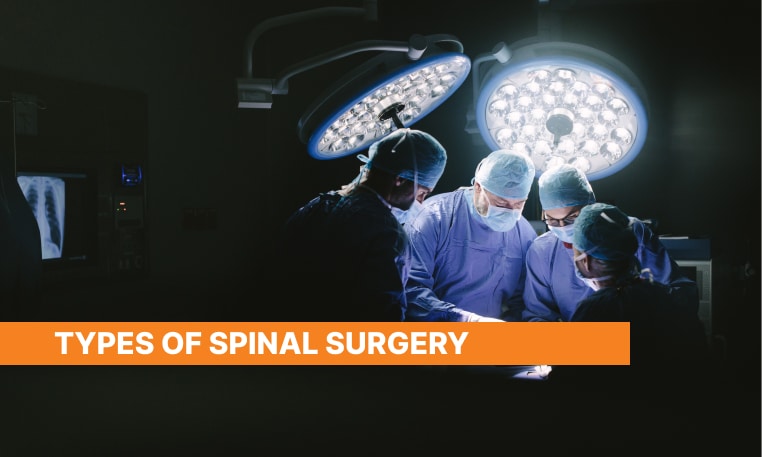Request Appointment
Enter your details and we will be in touch with you shortly;
Or call
8655885566
between 8 am and 8 pm.


Visit our nearest clinic for your first consultation
There is no strict age limit for Spinal disc replacement surgeries like lumbar decompression and cervical fusion. Suitability depends on the patient’s overall health, spine condition, and surgical risk factors rather than age alone. Consult a spine specialist for personalized evaluation.
After undergoing spinal surgery, such as minimally invasive spine surgery or spinal fusion, avoid foods that can cause inflammation or constipation. These include processed foods, sugary snacks, red meat, and dairy products. Opt for a diet rich in fruits, vegetables, and whole grains to support recovery.